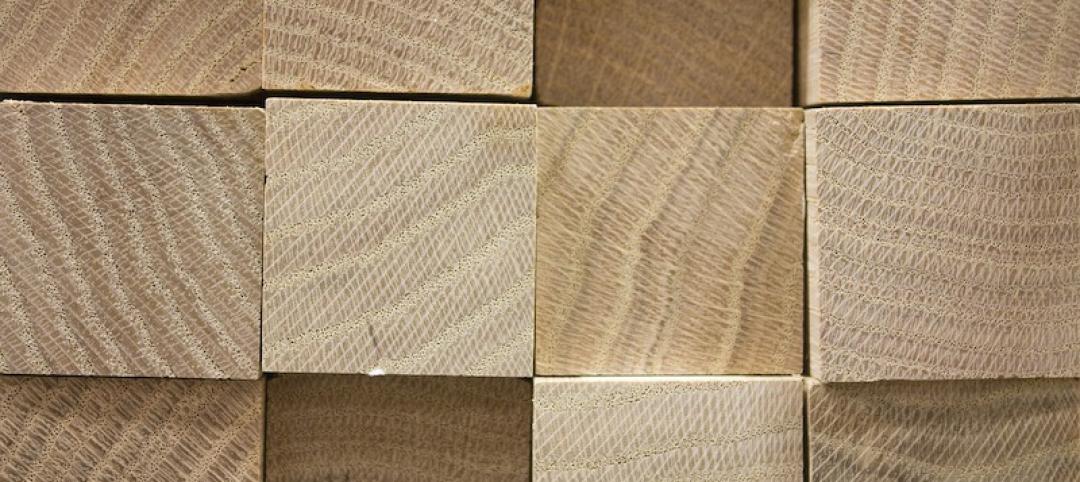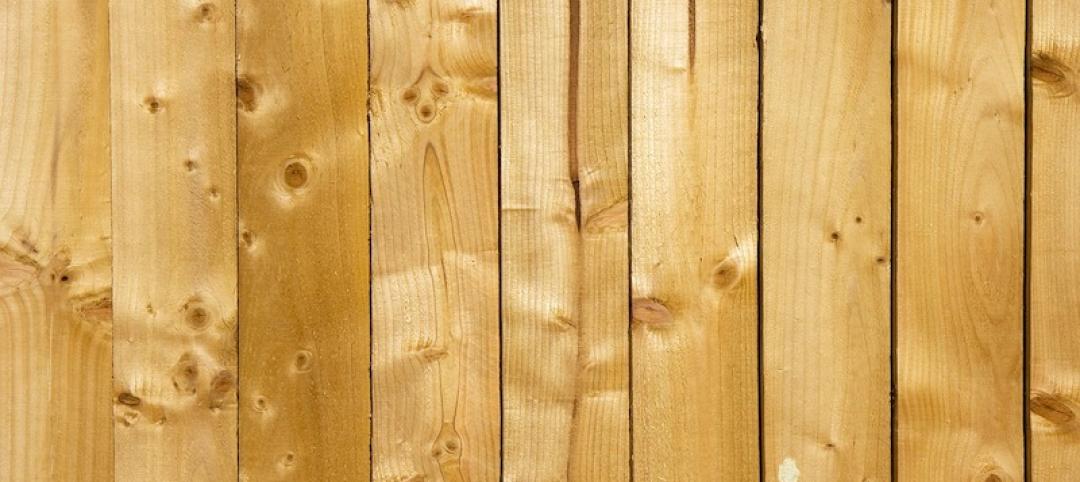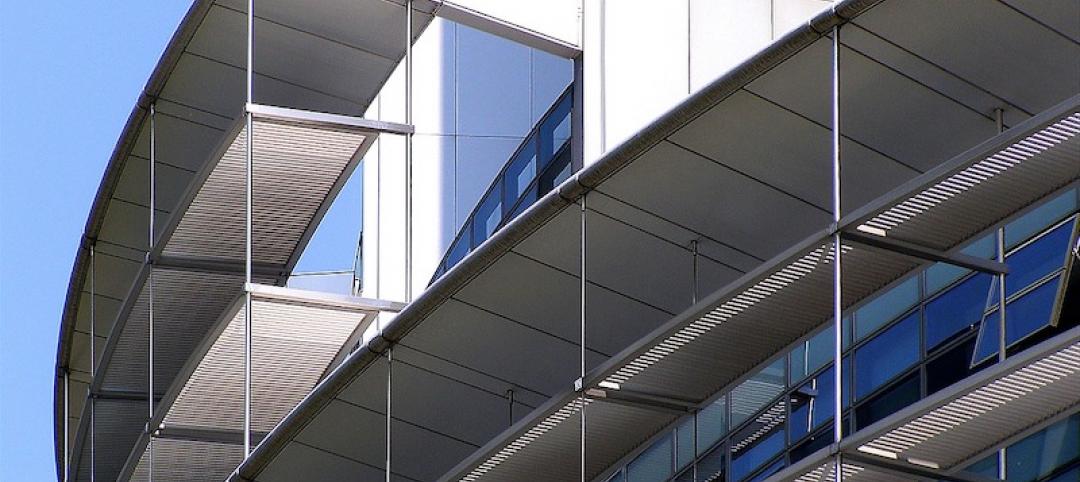Corrosion in sprinkler system piping can be a costly problem if leaks occur, causing damage to the interior of a structure, according to Matt Klaus, Principal Fire Protection Engineer with the National Fire Protection Association.
Replacing piping is no small expense, either. Corrosion can also cause blockages in the piping network, which can lead to an ineffective sprinkler system during a fire.
Corrosion can take on many forms, including oxidation, microbiologically influenced corrosion, and galvanic corrosion. The technical committees responsible for NFPA 13, Installation of Sprinkler Systems, have been looking at ways to eliminate or reduce corrosion in sprinkler systems for several revision cycles.
Reducing corrosion in dry systems can be achieved by eliminating all of the water from these systems after testing/activation and using alternative gases like nitrogen for charging these systems. For wet systems, limiting the amount of air in the system is the goal. Air trapped in pressurized sprinkler system piping results in an increase in the concentration of dissolved oxygen in the piping, enabling corrosion. Venting the trapped air in a wet system reduces this problem, so a revision to the wet system sprinkler system standard requires that a single air vent be installed for each system.
Depending upon the building geometry and sprinkler design, it is possible to trap air in many locations in the system, meaning a single vent may not be effective. Therefore, some stakeholders believe that the requirement adds cost to the property owner and the design team without any assurance that there is a long-term benefit to the system.
Related Stories
Codes and Standards | Jul 23, 2020
North Carolina will stop relying on FEMA flood mapping
State will identify flood zones on its own.
Codes and Standards | Jul 22, 2020
New version of IAPMO’s Water Demand Calculator is available
Enhanced features include selection between single- and multifamily buildings.
Codes and Standards | Jul 22, 2020
Mobile app calculates sound transmission for wood-framed assemblies
American Wood Council tool for floor-ceiling assemblies.
Codes and Standards | Jul 22, 2020
Architecture billings remain in negative territory, begin to stabilize
Fewer architecture firms report declining billings this month.
Codes and Standards | Jul 20, 2020
N.Y. construction firm to pay $1.5 million to settle sexual harassment claim
Managers said to demand sex for pay and OT opportunities.
Codes and Standards | Jul 16, 2020
Tips to make optimal use of salvaged materials
Integrated teams, staging warehouse, and looking early and often, among recommendations.
Codes and Standards | Jul 15, 2020
Georgia gives the go-ahead for tall mass timber construction
Standards review scheduled to be completed by July 2021.
Codes and Standards | Jul 15, 2020
Softwood-lumber duties boost expenses amid COVID-19 outbreak
Little hope this year for resolution of trade dispute with Canada.
Codes and Standards | Jul 14, 2020
Metal Construction Assn. releases three EPD updates
Pertain to Metal Composite Materials, Insulated Metal Panels, and Roll Formed Aluminum and Steel Cladding.
Codes and Standards | Jul 13, 2020
5 must reads for the AEC industry today: July 13, 2020
4 technologies for improving building sanitation and tech's ever-evolving impact on the multifamily space.

















